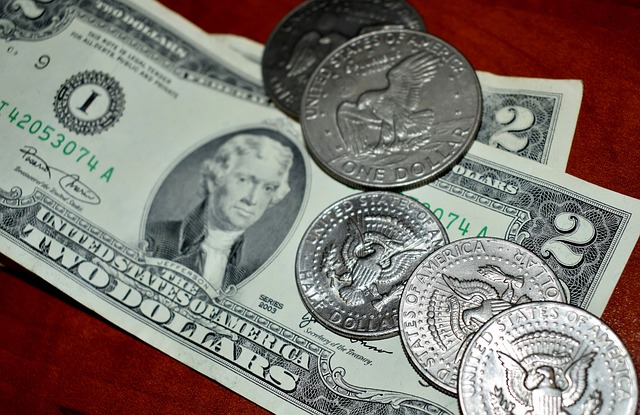The Significance of the Dollar Breakout

The dollar broke out to the upside. The climb of the greenback, that had started immediately after the Trump’s victory early last month, has now reached important historic levels. Back to the end of November the U.S. Dollar Index (DXY), a popular measure of the value of the U.S. dollar relative to a basket of foreign currencies, had delivered an important signal when it surpassed the barrier of 100 at the end of November.
As we can see on the chart in figure 1, the wide trading range that have been dominating for two years is now broken on the upside, a strong signal that may anticipate the resumption of the historical trend. A potential target of this move can be measured by the projection of the former range (108), but I find also reliable, as a targeting measurement, the Fibonacci projection 1.618 that in this case stands around 105.
Figure 1: the U.S. Dollar Index (DXY). Weekly data since June 2013. An important breakout occurred above 100.50 from which a target zone can be detected in the 105/108 area.
A similar breakout occurred against the euro but it turned to be significant only last week. In this case, we must consider the breaks on the downside as bullish signal for the U.S. dollar and as we can see on the chart in figure 2 the corresponding range for the euro/dollar parity is between 1.15 (the recurring highs of 2015 and 2016) and 1.0450/1.05 (the last year’s lows) within which has been bounded in the last two years.
Last week, the 1.05 support broke down, as it did the intraday low of March 2015, 1.0456, providing, to the EUR/USD parity, a similar signal to that of the U.S. dollar index (see chart in In Figure 2).
A first potential target of this down-leg can be measured by the lower limit of the down-trending channel limited on the upside by the descending highs of 2015/2016, that is around 1.02.
Figure 2: the EUR/USD parity. Weekly data since November 2013. The MACD oscillator at long term is pointing downwards in negative territory. The lows of 2015 have been broken on the downside (1.0538/1.0456)
The scenario is also bullish for the dollar against the Swiss franc: at the end of November the greenback broke the parity (1:1) on the upside and now has formed an ascending triangle which target (1.0460) is now at hand (Figure 3). The medium-long term indicators are pointing to the upside and the upper bound of the underlying up-trending channel is around 1.08.
Figure 3: dollar against Swiss franc. Weekly data since June 2013. The MACD oscillator at long term is pointing upwards in positive territory. The parity 1:1 has been broken on the upside and the up-trend in the underlying bullish channel has resumed.
The scenario described above doesn’t exclude intermediate corrections, especially if we consider the excesses reached by the recent moves. Furthermore, don’t forget that the range breakouts, even the most significant, are often followed by pullbacks that can range from a limited retracement of the former move to a retest of the previous resistance (support).
Alberto VIVANTI
SAMT Vice President – Graubünden and Liechtenstein Chapter– alberto.vivanti@samt-org.ch
Disclaimer: the above article is for general information and educational purposes only. It is not intended to be investment advice. Seek a duly licensed professional for investment advice.

